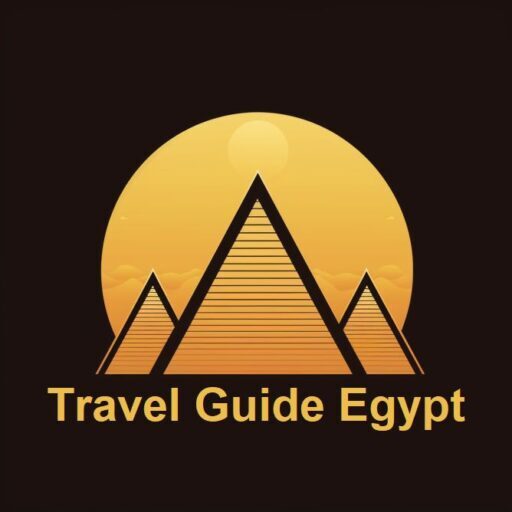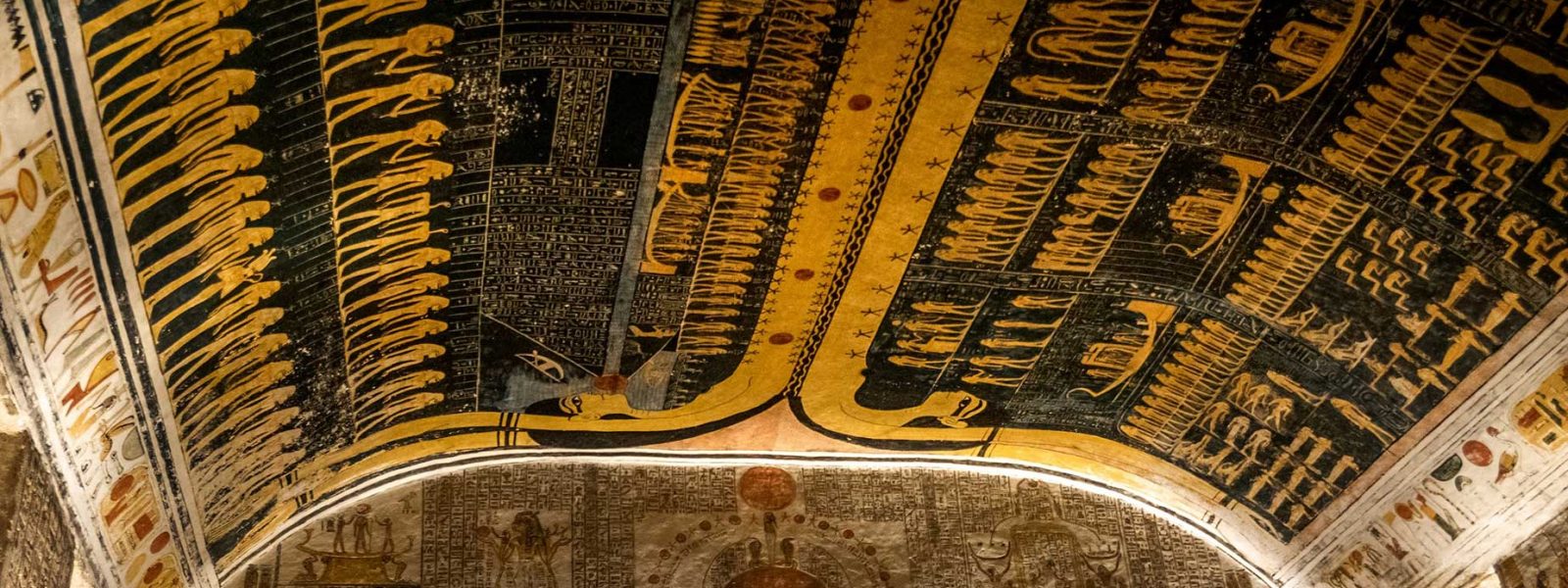Introduction
The Valley of the Kings is one of the most fascinating archaeological sites in Egypt. In this article, we will take you on a journey through history as we uncover the secrets of this ancient burial ground. From the rich history of the Valley of the Kings to the best tours available, we have all the information you need to make the most of your visit.
History of the Valley of the Kings
The Valley of the Kings, located on the west bank of the Nile River near Luxor, was the burial place of pharaohs and powerful nobles during the New Kingdom period of ancient Egypt. It served as the royal necropolis for over 500 years, from the 16th to the 11th century BC.
During this period, the ancient Egyptians believed in an afterlife, and the tombs in the Valley of the Kings were constructed to ensure a smooth transition for the pharaohs into the next world. The valley’s secluded location and its hidden tombs were intended to protect the pharaohs’ bodies and treasures from thieves and grave robbers.
Exploring the Tombs
The Valley of the Kings is home to more than 60 tombs, each with its unique architectural design and artistic treasures. These tombs were intricately decorated with colorful murals and hieroglyphic inscriptions, depicting scenes from the pharaoh’s journey to the afterlife and the gods who would guide them.
The tombs are a testament to the remarkable craftsmanship of ancient Egyptian artisans. The walls are adorned with intricate carvings and paintings, showcasing the pharaoh’s power, wealth, and divine connections. These artistic depictions offer valuable insights into the beliefs and rituals of the ancient Egyptians.
Must-See Tombs
While all the tombs in the Valley of the Kings are awe-inspiring, there are a few that stand out for their historical significance and remarkable artwork. Exploring these tombs is a must for any visitor. Here are three must-see tombs:
Tomb of Tutankhamun (KV62)
Undoubtedly the most famous tomb in the valley, the discovery of Tutankhamun’s tomb by Howard Carter in 1922 captured the world’s imagination. Despite being a relatively small tomb, it contained an astonishing array of treasures, including Tutankhamun’s golden burial mask, intricate jewelry, and other precious artifacts.
Exploring the Tomb of Tutankhamun provides a glimpse into the life and death of this young pharaoh. The intricate wall paintings and intricate funerary items tell the story of his journey to the afterlife and the rituals performed to ensure his safe passage.
Tomb of Ramesses VI (KV9)
The tomb of Ramesses VI is known for its well-preserved decorations and colorful scenes. It features intricate carvings depicting the pharaoh’s journey into the afterlife and his encounters with various deities. The tomb’s corridors and chambers are adorned with detailed artwork that offers a fascinating insight into the religious beliefs and rituals of the time.
Tomb of Seti I (KV17)
The tomb of Seti I is one of the largest and most elaborately decorated in the Valley of the Kings. Its stunning artwork includes the famous “Book of Gates,” an ancient Egyptian funerary text that describes the journey of the soul through the afterlife. The tomb’s intricate carvings and vibrant paintings make it a must-visit for those interested in ancient Egyptian mythology and religious beliefs.
Valley of the Kings Tours
To make the most of your visit to the Valley of the Kings, we recommend taking a guided tour. Expert guides will provide you with valuable insights into the history and significance of the site, ensuring an enriching experience. Here are two popular tour options:
Half-Day Valley of the Kings Tour
Ideal for those with limited time, this tour allows you to explore the main tombs in the valley, including Tutankhamun’s tomb and the Tomb of Ramesses VI. Accompanied by an experienced guide, you’ll have the opportunity to learn about ancient Egyptian burial rituals and marvel at the intricate artwork.
Full-Day Valley of the Kings and Luxor Tour
This comprehensive tour combines a visit to the Valley of the Kings with other iconic sites in Luxor, such as the Temple of Karnak and the Temple of Hatshepsut. It offers a deeper understanding of ancient Egyptian civilization and its architectural wonders. You’ll have the chance to explore multiple tombs and immerse yourself in the rich history of the region.
Tips for Visiting the Valley of the Kings
To ensure a smooth and enjoyable visit to the Valley of the Kings, consider the following tips:
- Arrive early to avoid crowds and make the most of your time.
- Wear comfortable shoes and clothing, as you’ll be doing some walking and climbing stairs.
- Carry a bottle of water to stay hydrated, especially during the hot summer months.
- Respect the rules and regulations of the site, including restrictions on photography and touching the walls.
Conclusion
The Valley of the Kings is a mesmerizing testament to the grandeur of ancient Egypt’s pharaohs. With its rich history, intricate tombs, and captivating artwork, it offers a unique window into the past. Whether you’re a history enthusiast or simply curious about ancient civilizations, a visit to the Valley of the Kings is an experience you won’t want to miss.

